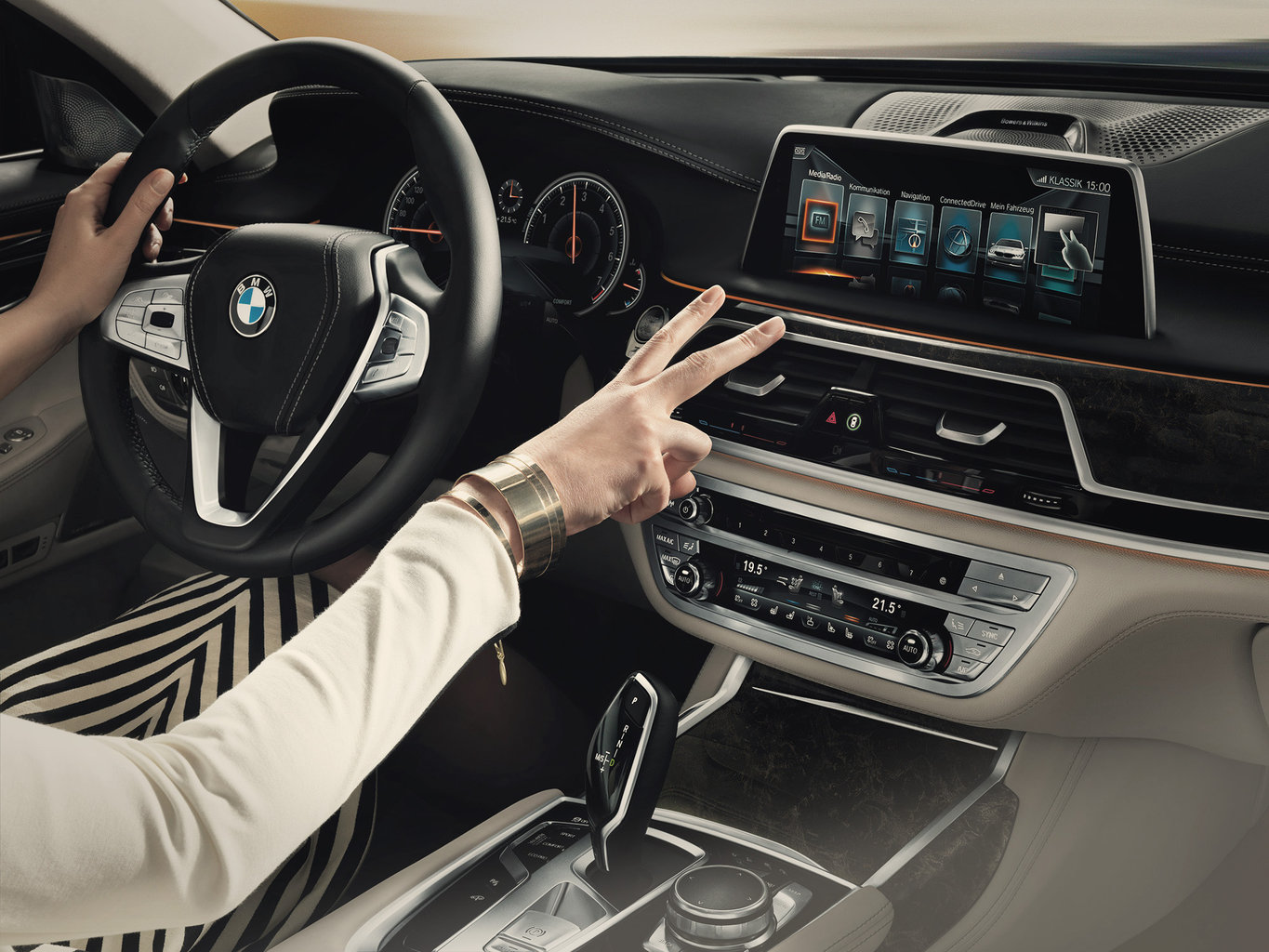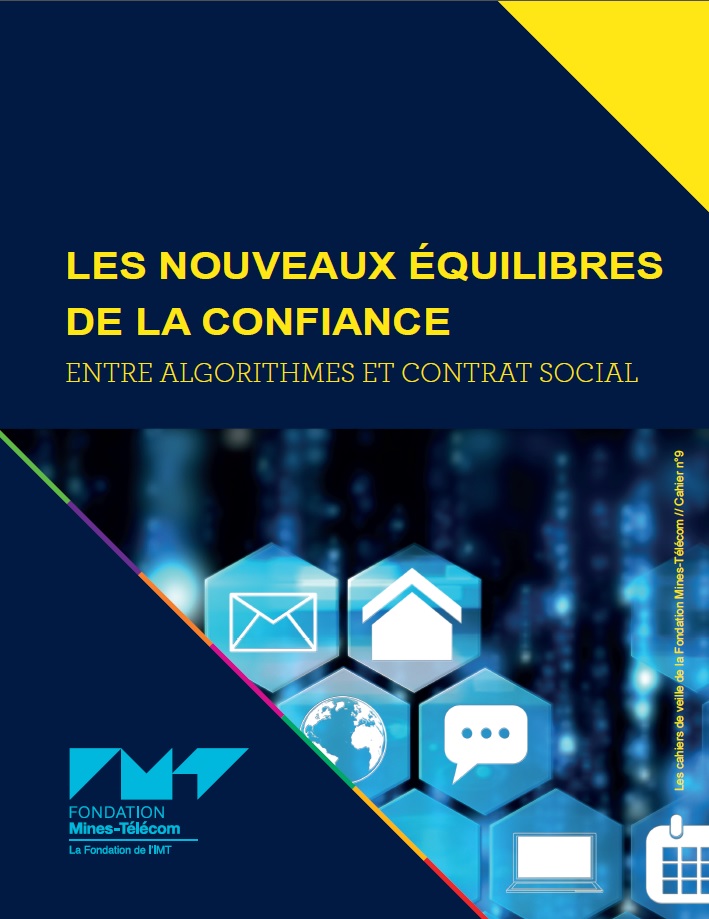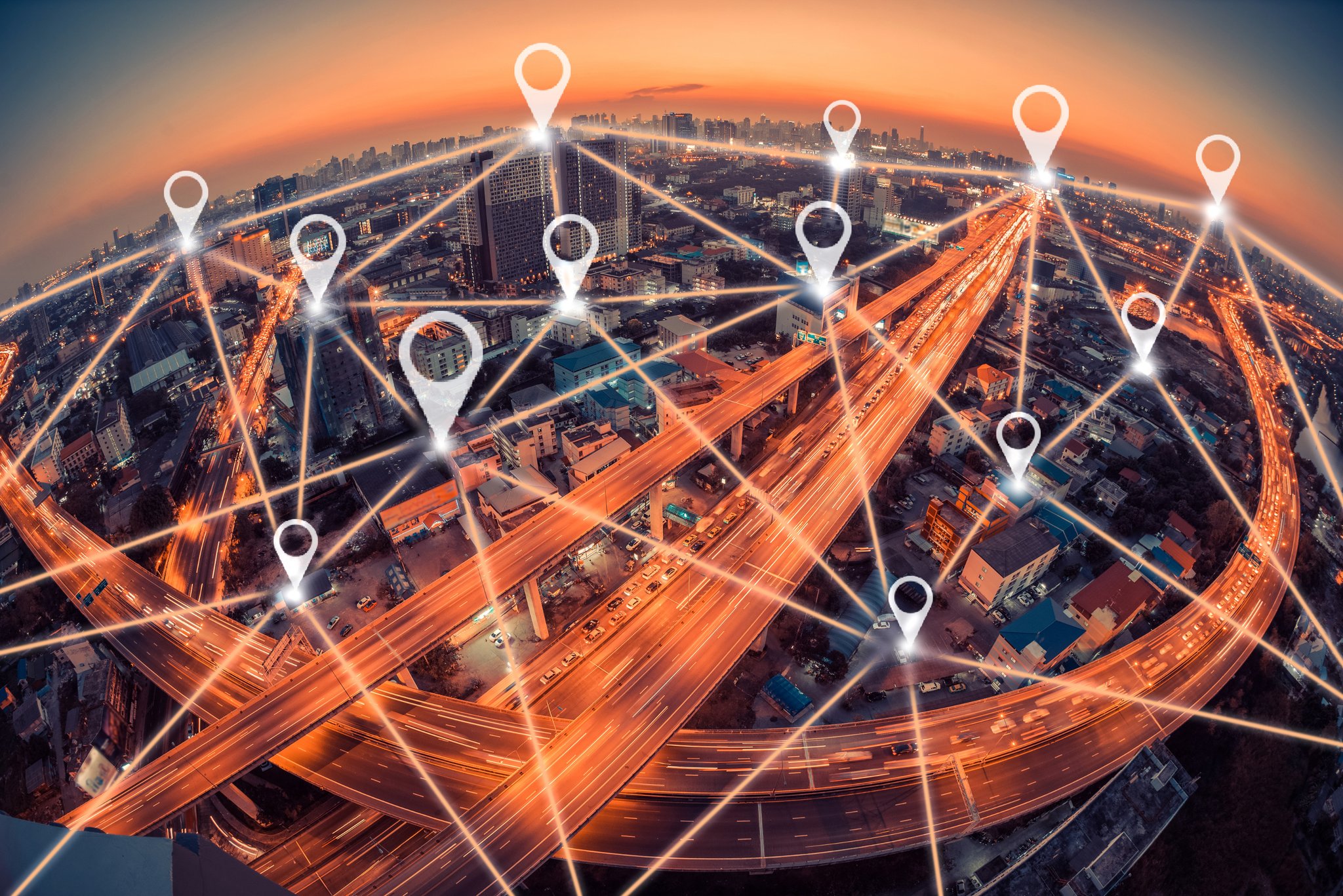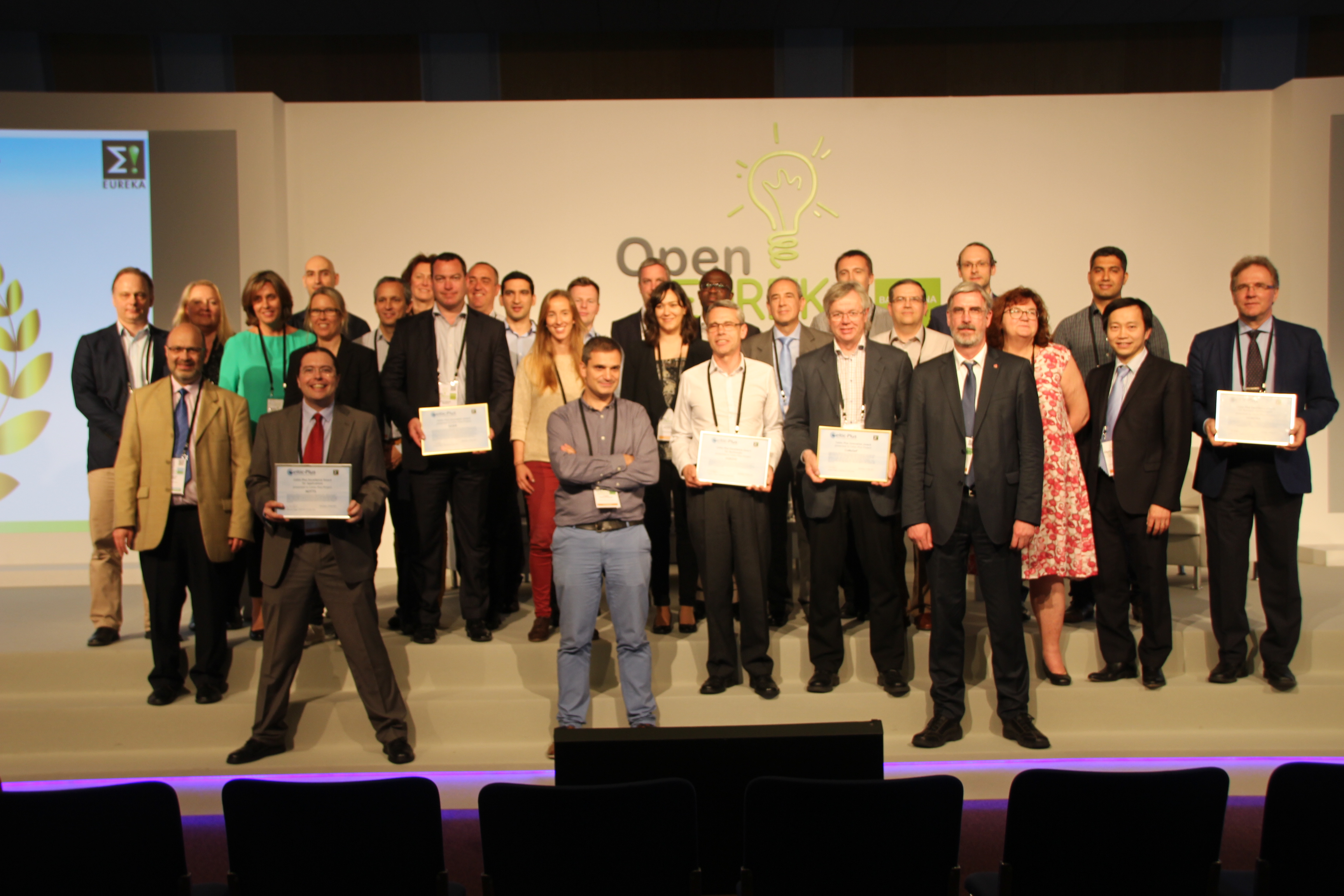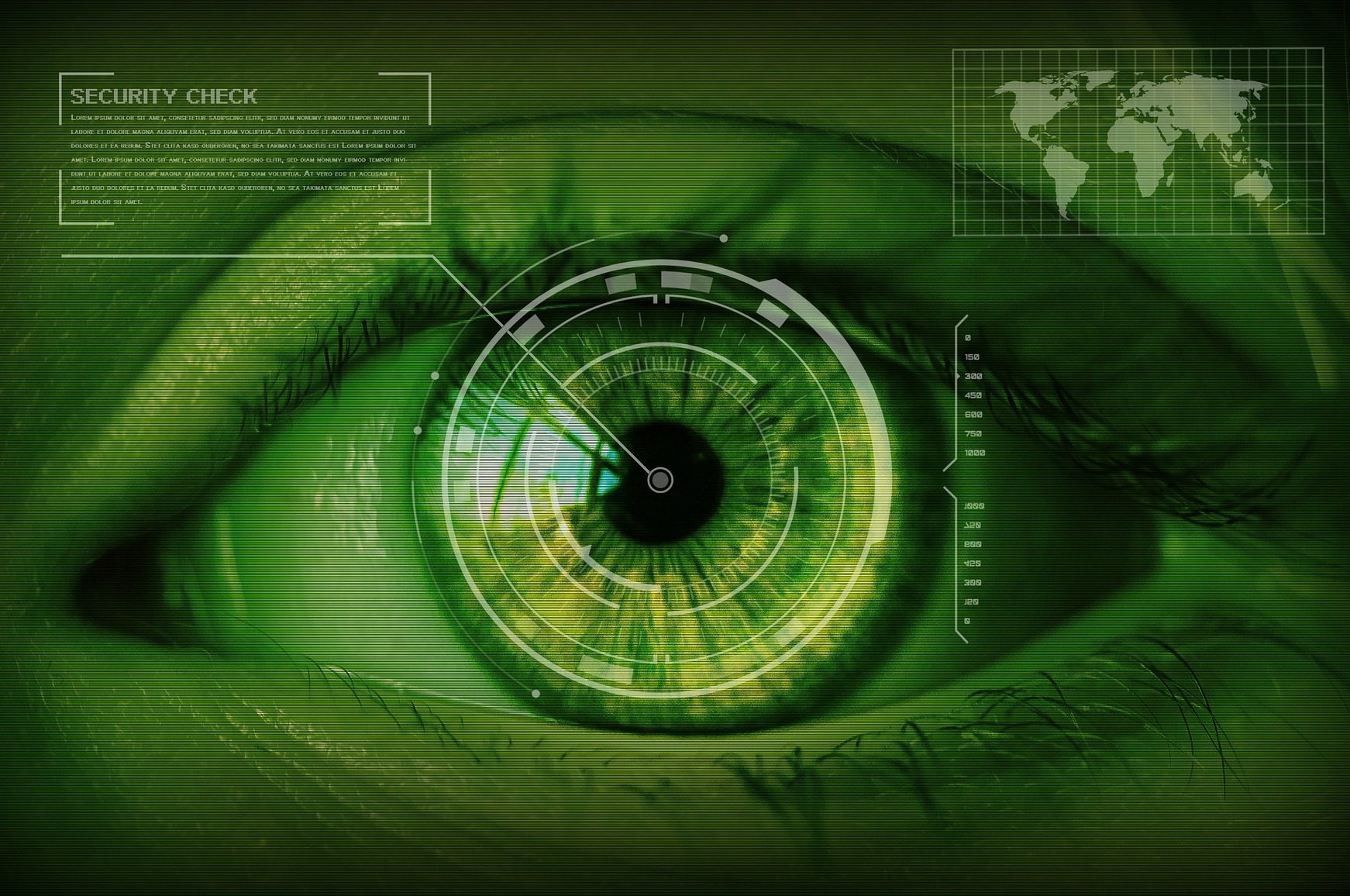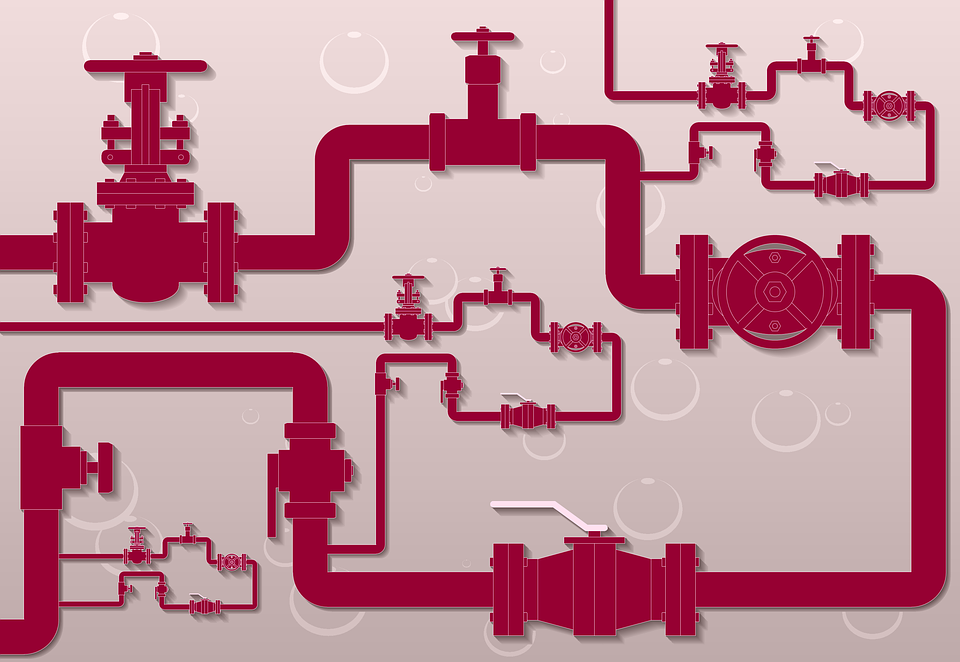Botfuel: chatbots to revolutionize human-machine interfaces
Are chatbots the future of interactions between humans and machines? These virtual conversation agents have a growing presence on messaging applications, offering us services in tourism, entertainment, gastronomy and much more. However, not all chatbots are equal. Botfuel, a start-up incubated at ParisTech Entrepreneurs, offers its services to businesses wanting to develop top-of-the-range chatbots.
They help us to order food, book a trip or discover cultural events and bars. Chatbots are virtual intermediaries providing us with access to many services, and are becoming ever more present on messaging applications such as Messenger, Whatsapp, Telegram, etc. In 2016, Yan Georget and Javier Gonzalez decided to enter the conversational agent market, founding their start-up, Botfuel, incubated for a year at ParisTech Entrepreneurs. They were not looking, however, to develop simple, low-end chatbots. “Many key players target the mass market, with more potential users and easy-to-produce chatbots”, explains Yan Georget, “this is not our approach”.
Botfuel is aimed at businesses that want to provide their customers with a high quality user experience. The fledgling business offers companies state-of-the-art technological building blocks to help develop these intelligent conversational agents. It therefore differs from the process typically adopted by businesses for designing chatbots. Ordinarily, chatbots operate on a decision-tree basis, which is established in advance. Developers create potential scenarios based on the questions the chatbot will ask the user, trying to predict all possible responses. However, the human mind is unpredictable. There will inevitably be occasions where the user gives an unforeseen response or pushes the conversational agent to its limits. Chatbots that rely on decision-trees soon tend to struggle, often leaving customers disappointed.
“We take a different approach which is based on machine learning algorithms”, explains Yan Georget. Every sentence provided by users is analyzed to understand its meaning and identify its possible intentions. To achieve this, Botfuel works in collaboration with businesses on their databases, trying to understand the primary motivations of web-users. For example, the start-up has collaborated with BlaBlaCar, helping them to fine-tune their chatbots, which in turn allows customers to find a carshare more easily. Thanks to this design approach, the chatbot knows to attribute the same meaning to the phrases: “I want to go to Nantes”, “I would like to get to Nantes by car” and “looking for a carshare to Nantes”, something which is near impossible for traditional chatbots which dismiss various semantic formulations if the conversation doesn’t exactly match the expected discussion scenario.
Botfuel also uses information extraction algorithms to precisely identify dates, places and desired services, regardless of the order in which they appear in the conversation with the chatbot. Understanding the user is clearly Botfuel’s principal motivation. Building on this, Yan Georget explains the choices they made in terms of the issue of language correction. “People make typos when they are writing. We opted for word-by-word correction, using an algorithm based on the occurrence of each word in the language and the resemblance this has with the mistyped word entered by the user. We only correct mistakes made by a user if we are sure we know what word it is they were wanting to type.” This approach differs from that of other chatbots, which base correction on the overall meaning of the phrase. This second approach sometimes incurs errors by associating a user with the wrong intentions. Even though more errors may be corrected with this method, Botfuel prefers to prioritize the absence of misunderstanding, even if it means the chatbot has to ask the user to reformulate their question.
Chatbots, the future of online services
In addition to BlaBlaCar, many other businesses are interested in Botfuel’s chatbots. French insurance provider April and French bank Société Générale now form part of their clientele. One of the main reasons these new interfaces are attracting so much interest is, according to Yan Georget, because “conversational interfaces are very powerful”. “When using an online purchasing service, you have only to type in what you’re looking for and you’ve practically already made the purchase.” The alternative consists in going through the menu of the website of a vendor and finding the desired product from a list using search filters… this takes several clicks, and wastes several minutes, in comparison to simply typing in “I’m looking for Fred Vargas’s latest novel” into the chatbot interface.
For businesses, chatbots also represent a great opportunity to learn more about their customers. Botfuel provides an analysis system allowing businesses to better understand the links between different customer demands. By talking to a chatbot, the customer provides a lot more information than they would by simply browsing the site. It explains their interests in a more detailed way and provides better explanation for their dissatisfaction. These are all elements that can be very valuable to businesses, helping them to improve their service for the benefit of the customer.
These new perspectives revealed by chatbots are promising, but Yan Georget would also like to moderate expectations and alleviate certain fears surrounding the service: “The aim of chatbots is not to replace humans in the customer experience. Their purpose is to use conversation as an interface with machines, in place of the interactions that we currently have. When a computer operating system changes, habitual users have to readapt to this new interface. With chatbots, the conversational interface doesn’t change, conversation is flexible. The only thing that changes is the additional features that a chatbot can gain with each update.” In terms of the “intelligent” nature of the chatbots, the co-founder remains cautious in this respect. With a doctorate in artificial intelligence, he is aware of the ethical limits and risks associated with an unbridled boom in this field of technology. The focus is therefore on the issue of non-supervised learning in chatbots, which gives them more autonomy when dealing with customers. For Yan Geroget, the example of Tay, Microsoft’s chatbot which was made to become racist on Twitter by its users, is very significant. “The development of chatbots should be supervised by humans. Auto-learning is too dangerous, and it is not the kind of risk to which we are willing to expose businesses or final users.”
[box type=”info” align=”” class=”” width=””]
Chatbots: an educational tool?
On 29th June at Télécom ParisTech, Botfuel and ParisTech Entrepreneurs came together for a meet-up dedicated to discussing chatbots and education. In this sector, intelligent conversational agents represent a potential asset for personalized education programs. From revising for your exams with Roland Garros through the chatbot Messenger “ReviserAvecRG”, to finding your path with the specialist careers advisor bot “Hello Charly”, aimed at young people between the ages of 14 and 24, or even practicing writing in a foreign language, chatbots undeniably offer a real range of tools.
The meet-up provided an opportunity to share and present experiences and concrete examples from specialist businesses. This event comes as part of the launch of the incubator’s “Tech Meet-ups” program, meetings focusing on technology and the future. The event is therefore the first in a series that will be continued in October with the next “Tech Meet-up”, which this time will be dedicated to the blockchain.[/box]


